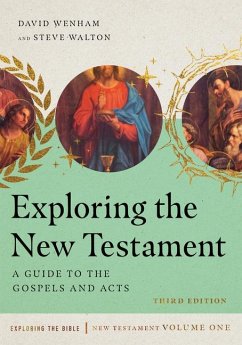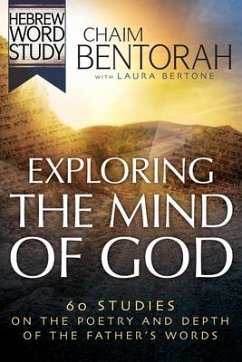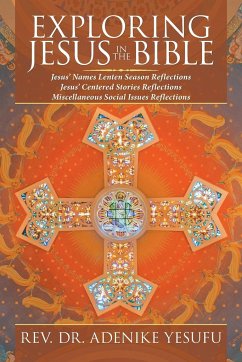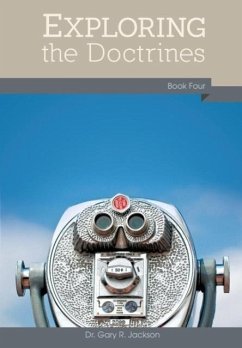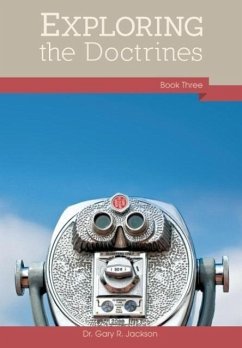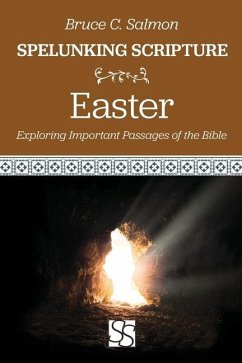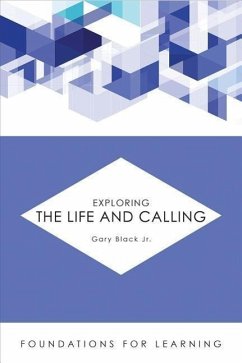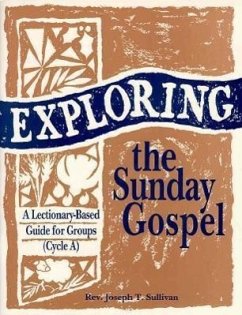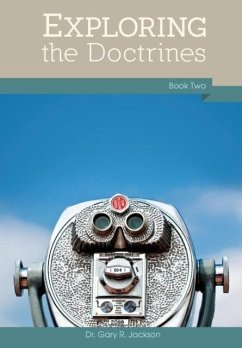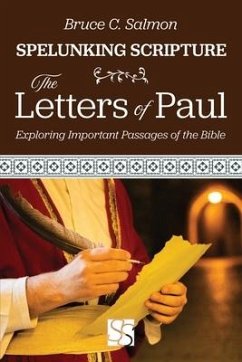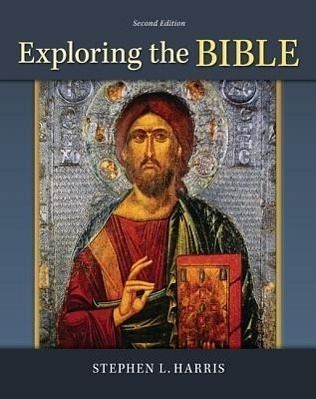
Exploring the Bible
Versandkostenfrei!
Versandfertig in über 4 Wochen
116,99 €
inkl. MwSt.

PAYBACK Punkte
58 °P sammeln!
Designed for the introductory Biblical studies course, this text surveys both the Old and New Testaments. This book takes a clear and honest presentation of the passages in the Bible from the legacy of Genesis to the book of Revelation. Narratives include Jesus's life and teachings and the promises of heaven and a new earth as they are outlined in the book of Revelation. Instructors and students can now access their course content through the Connect digital learning platform by purchasing either standalone Connect access or a bundle of print and Connect access. McGraw-Hill Connect® is a subs...
Designed for the introductory Biblical studies course, this text surveys both the Old and New Testaments. This book takes a clear and honest presentation of the passages in the Bible from the legacy of Genesis to the book of Revelation. Narratives include Jesus's life and teachings and the promises of heaven and a new earth as they are outlined in the book of Revelation. Instructors and students can now access their course content through the Connect digital learning platform by purchasing either standalone Connect access or a bundle of print and Connect access. McGraw-Hill Connect® is a subscription-based learning service accessible online through your personal computer or tablet. Choose this option if your instructor will require Connect to be used in the course. Your subscription to Connect includes the following: ¿ SmartBook® - an adaptive digital version of the course textbook that personalizes your reading experience based on how well you are learning the content. ¿ Access to your instructor's homework assignments, quizzes, syllabus, notes, reminders, and other important files for the course. ¿ Progress dashboards that quickly show how you are performing on your assignments and tips for improvement. ¿ The option to purchase (for a small fee) a print version of the book. This binder-ready, loose-leaf version includes free shipping. Complete system requirements to use Connect can be found here: http://www.mheducation.com/highered/platforms/connect/training-support-students.html



